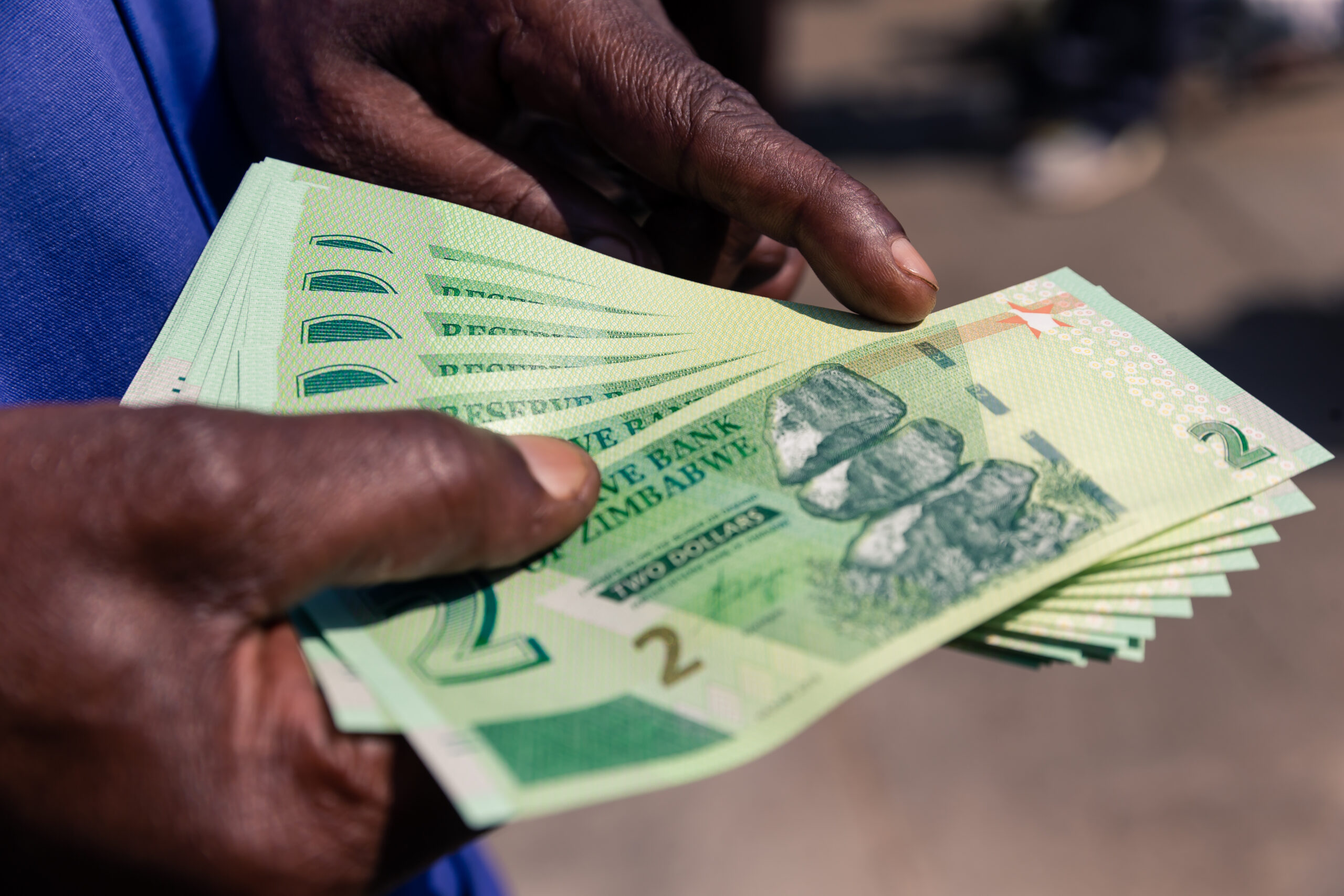Covid-19 reduces incomes by 50 percent
INCOMES and food sources for most rural communities were reduced by more than 50 percent due to Government’s Covid-19 containment measures, which were necessary to stop the spread of the disease, a report has revealed.
A Zimbabwe Vulnerability Assessment Committee (ZimVAC) 2020 report which assessed food security issues noted that 21 percent of rural communities failed to access basic commodities due to Covid-19 lockdown.
Government imposed the national lockdown at the end of March as part of the Covid-19 containment measures.
The measures have been commended for stopping the spread of Covid-19 when most countries recorded a spike in the disease.
The Government has started to relax Covid-19 mitigation measures to balance between economic productivity and public health care.
ZimVAC consists Government, the United Nations, development partners and non-governmental organisation.
Its report also showed that access to health care decreased by nearly 50 percent due to Covid-19.
“The top three effects of COVID-19 on livelihoods were; reduced sources of income (51,5percent), reduced food sources (50.1 percent) and failure to access basic commodities (21,2percent),” reads the report. “Most of these effects can be attributed to the containment measures/lockdown; for example, reduced food sources, failure to access basic commodities, restricted access to agricultural markets and failure to access health facilities.
“Access to services during the Covid-19 pandemic (was affected as) most households reported that they faced difficulties in accessing public transport (73,7 percent), accessing food (69,2 percent), and medical supplies (48,9 percent) since the pandemic started in Zimbabwe.”
The report revealed that Government became the main source of social protection for vulnerable citizens during this time.
“Nationally, 55 percent of the surveyed households received Government support, followed by UN/NGO (33 percent), urban relatives (16 percent), rural relatives (13 percent) and the Diasporan relatives (11percent),” reads the report. “There was an increase in the proportion of households that received support from UN/NGO from 13 percent in 2019 to 33 percent in 2020.
“However, the proportion of households that received support from rural and urban households slightly decreased.”
The report shows that access to water and security services was not disrupted by the pandemic in most communities.
It further states that Matabeleland South had the highest proportion of households with a perceived high risk of contracting Covid-19.
The report states that while most people had access to washing soap, only a few had access to hand sanitisers, adding that 90 percent of rural households could not afford personal protective equipment with most people resorting to homemade masks.
“Nationally, access to handwashing soap (84 percent) and masks (62 percent) was high,” reads the report.
“However, access to sanitisers was very low (6 percent).
“The trend was similar in all provinces, that is, handwashing soap was readily available while hand sanitisers were not easily accessible.
“The most common methods used by households to protect themselves from Covid-19 included frequently washing hands with soap and clean water (67 percent), staying at home (54 percent) and wearing a face mask in public places (50 percent).”
The document noted that 76 percent of the people accessed Covid-19 information via radio communication, 42 percent from friends and relatives, 31 percent from health workers, 17 percent from social gatherings and 15 percent from volunteer health workers.-herald.cl.z2










